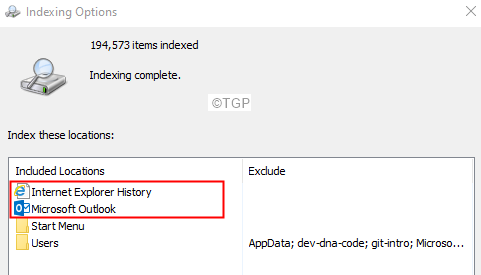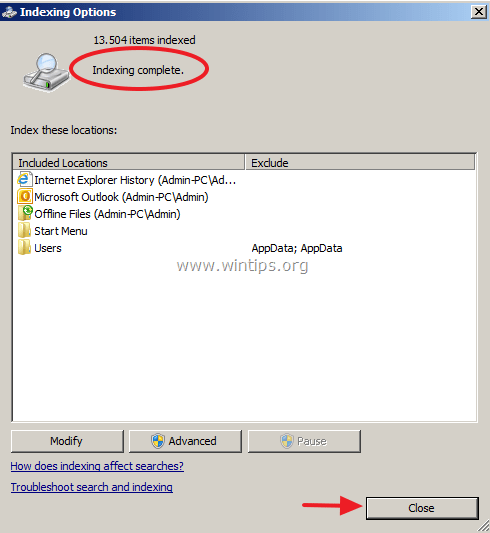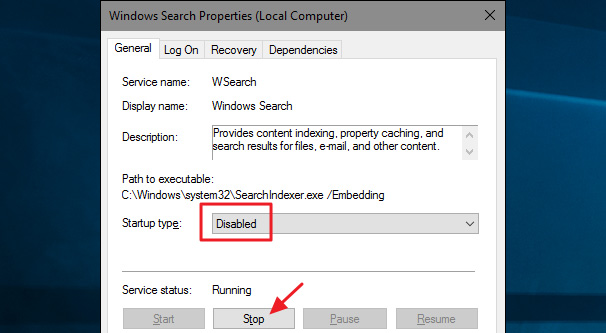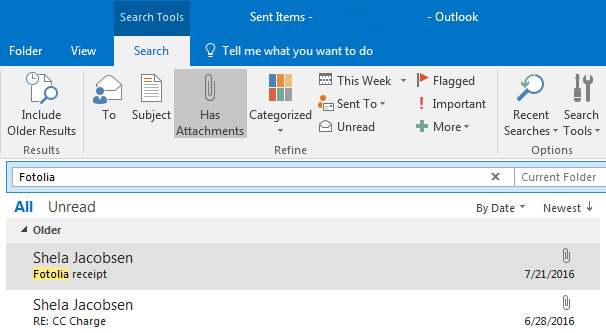

The results list, meaning I didn't have to close search to get the updated items. I could do all of this from the "search" results screen in the past. On some I might CC myself on the reply to add to the client folder. I could then reply to ones I've missed, delete whatever, mark some as read,Īnd then select and MOVE to the appropriate folder. In 2013, after a number of emails have gone back and forth, I would search (current folder only) for "client Q" and I'd get all of their messages in the return list. I also file most client emails into a client folder (in Outlook) for later We go back and forth, and might even change the actual subject of what we're talking about. I receive a number of messages from "client Q" regarding a subject. Here specifically is the issue I encounter A LOT!!! I'll have to mess around with these settings to see if I can replicate the 2013 search. I have to say I prefer the Outlook 2013 method of searching better as it is more accurate. This can be beneficial to other community members reading the thread. Please click to vote if the post helps you.

#Speed up outlook 2016 indexing windows#
Not used to it so switching to Windows Search Index is an option. By default, with the Exchange Search Index, these features are unavailable, some users are One common reason that people want to use the Windows Search Index, is that some features, like the Category and Flag, are only available when using Windows Index. Before you modify it, back up the registry for restoration in case problems occur. Important: Serious problems might occur if you modify the registry incorrectly. HKEY_CURRENT_USER\Software\Policies\Microsoft\Office\16.0\Outlook\Search Key: HKEY_CURRENT_USER\Software\Microsoft\Office\16.0\Outlook\Search Yes, there is a registry key setting which controls this:

Yes, if the Exchange server isn’t available or when working offline, Outlook will automatically fall back to the Windows Search Index to display the Search results.

This change makes it more comfortable to use for users. Results beyond what has been synced down in the local OST file.įor example, in Outlook 2016, even if you have the Sync Filter configured to sync emails of the recent 3 months as below, emails which are older than 3 months will be displayed directly in the search result, while you may need to click on “More” to show By default, Outlook 2016 will search the entire mailbox and return search Now in Outlook 2016, search just works like a user would expect it to, without any additional configuration steps by users or admins in either Outlook 2016 or Exchange 2016. In Outlook 2013 when we search, we need to use the “Click here to view more on Microsoft Exchange” option to find more emails on the server, that’s because it searches using the local Windows Search Index and we may not have all emails cached in local and As many users may have noticed, we’ve improved the reliability and performance of Outlook search by integrating the server-side search engine in Exchange 2016 and Office 365 (Exchange Online) and leveraging this search as the default Outlook search index.


 0 kommentar(er)
0 kommentar(er)
